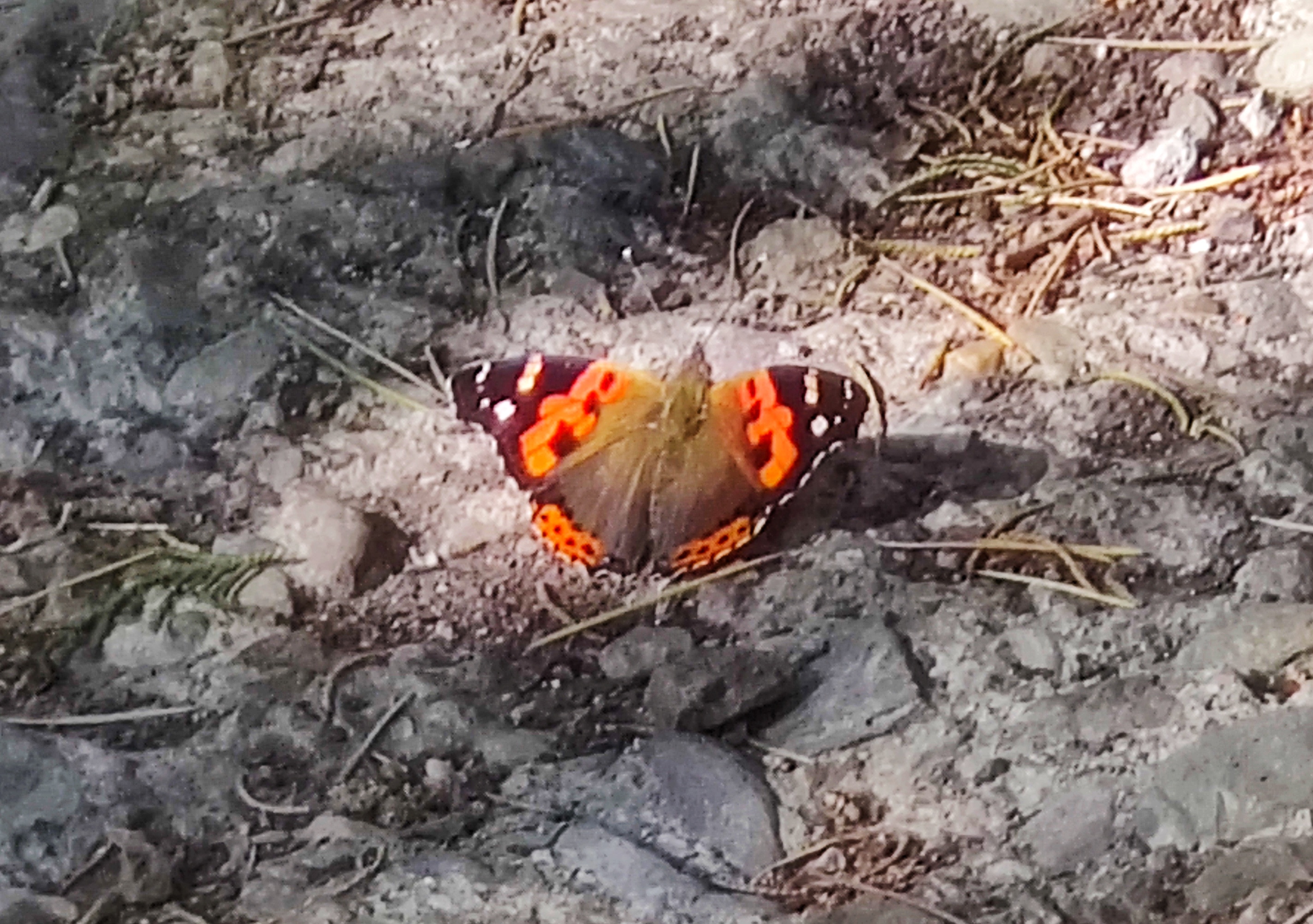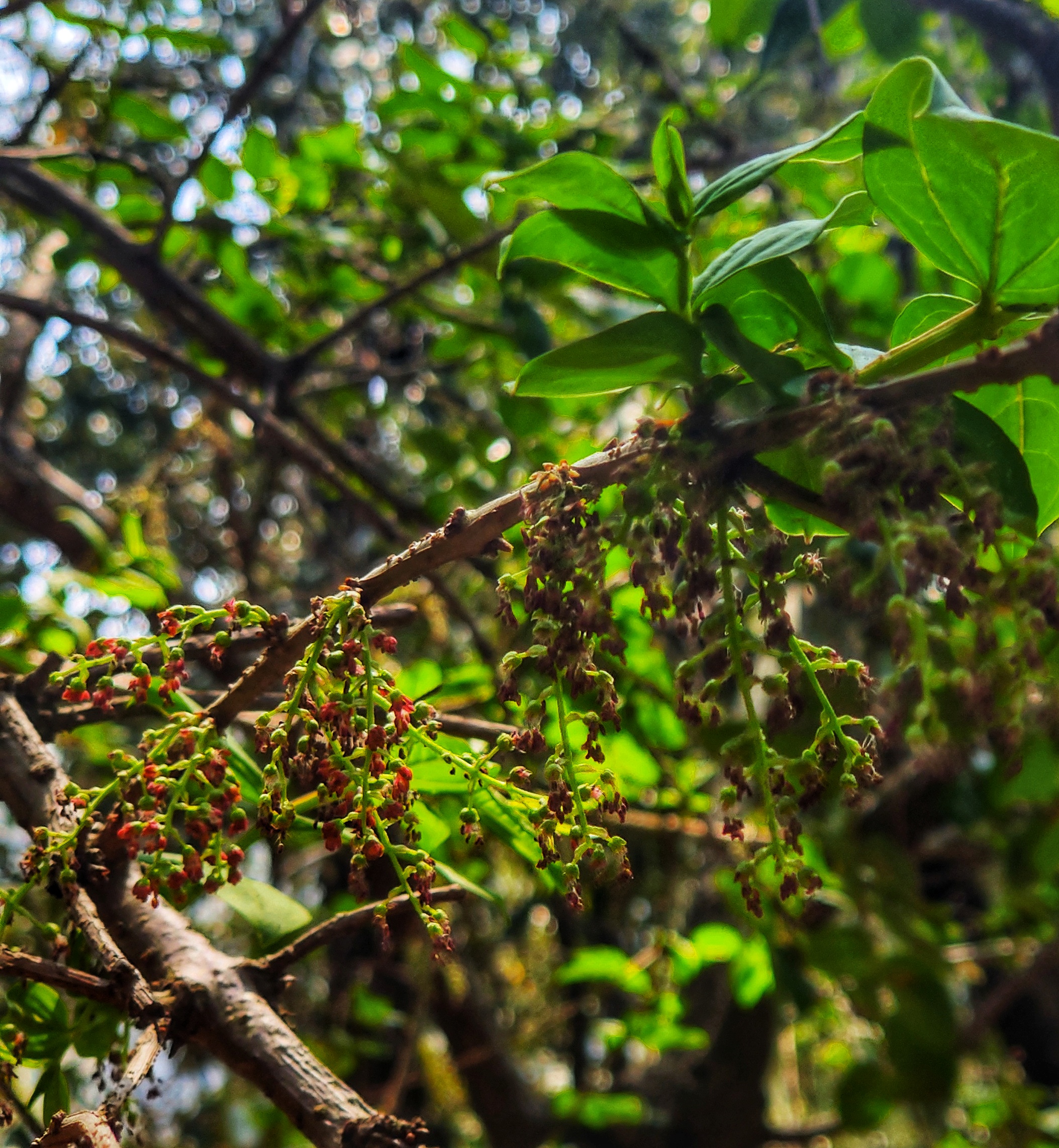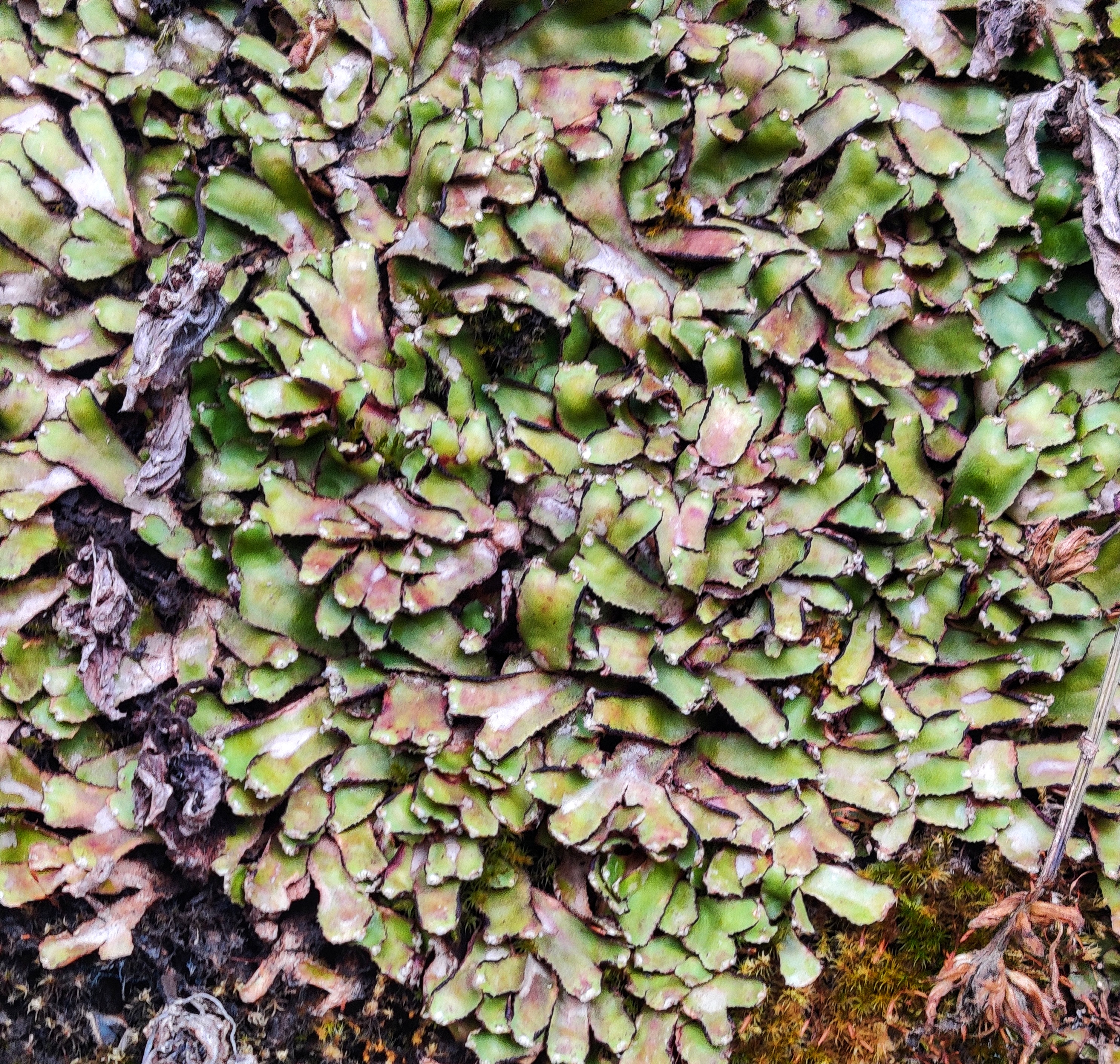Today, I came across this vibrant Indian Red Admiral basking in the forest floor, while I was on my way to meet few friends. It is also known as Vanessa indica. Just like the Admiral of a troop, the Indian Red Admiral halted with poise, agile and alert. This is the spring -summer season in the hillside of Landour, Mussoorie and the nature is bustling with the arrival of butterflies. The afternoon mild sunrays infiltrated through the canopy layer of Oak trees on the forest floor. The butterfly flew past forest floor to capture little sunlight left for the day. It inspected it’s surroundings and briskly sensed my presence with the help of its sensory antennas. The swift and agile butterfly was difficult to capture through lenses. Later, it posed with its beautiful wingspan. These fast flying butterflies are difficult to follow. They love stinging nettles and are found in the Himalayas and also different parts of the world. Thank you!!! Like, share and follow. ? https://www.facebook.com/Dr.ChandrimaDebi/ https://www.instagram.com/debichandrima/ https://www.sumanmitra.com/ https://youtu.be/kHiCmgIsZnA ©All images and content are subjected to copyright © 2022–2023 https://chandrimadebi.com
Forest trails and untold stories: Mansur shrub, Landour, Mussoorie
Every step I take towards exploring the wilderness in the nature and forest, fills me with enchantment to ken many unfolded stories. Each rock, each pebble, each flower, each plant and their association with different life forms must have a distinct story to tell. Stories which will never be heard of, some lost stories and some stories in the making. Sometimes I wonder, it would have been a different world altogether, if only, the trees, the wild and rocks could speak. Maybe, then they would not have been extinct. With these thoughts, I usually get involved in observing the plant types and the hillside which are mostly in full bloom due to the spring – summer season. A few steps further, I was astonished to see a bush covered with little red flowers. I wondered, is it the same plant, that the hill station of Mussoorie got its name from? I went closer to this shrub to have a look into its botanical components and found that it is indeed Masuri Berry. Masuri Berry is a large hairless shrub, 3-4 m tall, with arching redish-brown branches. The Mansur shrub (Coriaria nepalensis), which once grew in abundance in the hills of Mussoorie and Landour and after which the town was named, is now fading from its landscape and from memories of its residents. During my visits to the forest trails along hillside, I came across very few Mansur berry shrub. The plant once abundant is now under threat. The hillside once flourished with pristine biodiversity, is now facing the wrath of anthropogenic stress. Weeds species are taking over the primary ecofloral diversity is also affecting microbiota of the hillside. The web of life is interconnected and change in one diaspora has affect on another. Once again the thought, if only the plants could speak, they would not have been extinct knocked my mind. The less travelled forest trails are filled with moss and algae sometimes making the pathways bit slippery. The fallen Oak leaves and Pine needles litter makes it more slippery than ever. The season of forest fire is also near. If only, the leaf litter could tell forest fire to take some other course, because, the woodpecker has made his nest on the bole of tallest Pine tree, where its hatchlings are resting. Woodpeckers love making tree holes with their little but strong beaks in the high forest of Pine trees in the hillside. Red Rhodendrons luring bees, insects, birds and langurs also enlightened humans. Red the colour of love and passion spreads it’s velvety blanket over the hillside during the season of fertility and new life. Without saying a word, these mighty Rhododendron trees must have witnessed multiple generations of creations passing by. The ferns on the forest floor fanning out to catch filtered sunrays through the thick canopy. Few steps ahead, I found a pile of rocks and debris on the trail due the heavy rainfall last season. I thought of taking my steps back, but something kept me going. Found my way through loose rocks, I moved further to witness many more untold stories of nature. Thank you!!! Like, share and follow. ? https://www.facebook.com/Dr.ChandrimaDebi/ https://www.instagram.com/debichandrima/ https://www.sumanmitra.com/ https://youtu.be/kHiCmgIsZnA ©All images and content are subjected to copyright © 2022–2023 https://chandrimadebi.com
Miniature forest of liverworts and mosses: Landour, Mussoorie
The hillside of Landour is rich in diverse species of mosses and Liverworts. It is also home to a distinct liverwort species, Reboulia hemisphearica. It is also known as the Purple fringed liverwort or small mushroom headed liverwort one of the liverworts found in this part of the hillside. These liverworts appeared to me as of little green ribbons with purple fringes. The term liverwort originated from the fact that previously herbalists thought the liverworts had some resemblance to a liver – and some use as medicine for liver ailments. Hence the word liverwort for a “liver-like small plant“. There are different species of mosses and liverworts in Landour. These miniature forests of bryophytes are integral part of the ecosystem in the hillside. After the long spell of winters, the snow blanket slowly melts away and diamond sparkled water drops seep inside the soil. The mosses underneath get sunkissed and breathe the fresh spring breeze blowing through the trees and the gently touching the soil and rock facets. Alongwith the mosses, liverworts also bask under the warm sunrays. Like mosses, liverworts are land plants that do not have a vascular system. They produce spores instead of seeds just like the ferns. They mostly dwell in wet or moist places. Liverworts are not economically important to humans but they provide food for animals, facilitate the decay of logs, and aid in the disintegration of rocks by their ability to retain moisture. Liverworts are distributed worldwide, though most commonly in the tropics. Thallose liverworts, which are branching and ribbon like, grow commonly on moist soil or damp rocks, while leafy liverworts are found in similar habitats as well as on tree trunks in damp woods. In the Indian medicinal system Reboulia hemisphearica is also used to stop bleeding, healing wound as anti inflammatory agent. Reboulia hemisphearica is facing some threats worldwide due to global warming and climate change. Also, loss of undisturbed habitats through land-use change, highly invasive weeds and deforestation are some other factors responsible for the ecological habitat and survival of these unnoticeable gift of nature. Thank you!!! Like, share and follow. ? https://www.facebook.com/Dr.ChandrimaDebi/ https://www.instagram.com/debichandrima/ https://www.sumanmitra.com/ https://youtu.be/kHiCmgIsZnA ©All images and content are subjected to copyright © 2022 – 2023 https://chandrimadebi.com




